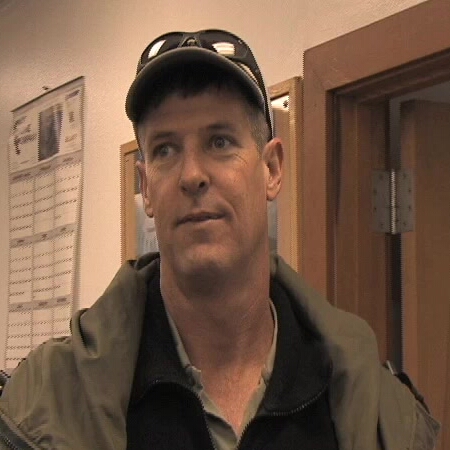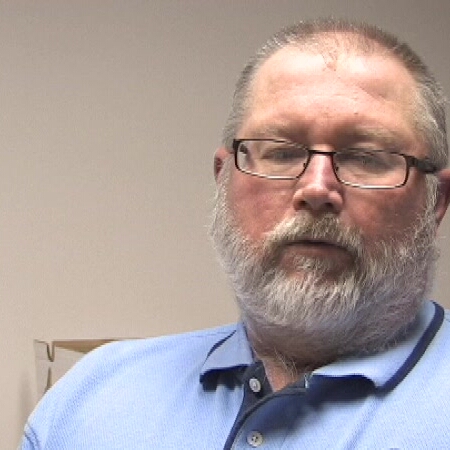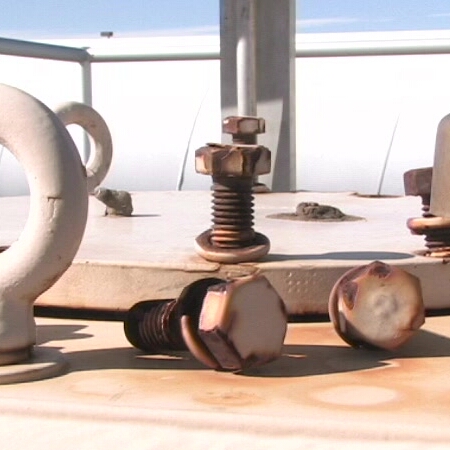Preventative maintenance is similar to planned maintenance, but it involves actions specifically taken to prevent a failure. For example, if the utility examines a sewer with a camera and it shows significant corrosion of a concrete pipe, the utility may wish to add a chemical to reduce sewer gas build up. Another example is a pump that is showing signs of wear in the bearings. The utility can replace the bearings before they fail so that the work may be performed when it is advantageous for the utility (e.g., during business hours, when an operator is on duty, and when spare parts can be ordered ahead of time).
Warranty-related maintenance is any action required by a manufacturer
to ensure that the warranty remains in effect. If a manufacturer's
warranty on a particular asset requires specific maintenance, this
maintenance needs to be completed on the appropriate schedule and
documented to make sure the warranty is not voided.
Corrective maintenance is the work performed after an asset fails in some way. It might be a small failure that requires very little effort to fix or it might be a major failure. A utility should strive to minimize this type of maintenance in order to reduce costs, keep the facility operational, and the levels of service met.
A companion activity to maintenance is monitoring. Monitoring should be done to determine when maintenance should be performed. Monitoring can be permanent and on-going with continuous read equipment or it can be intermittent. An example of continuous monitoring is a dissolved oxygen meter. This meter can show whether the aeration equipment is functioning properly. An example of intermittent monitoring is televising sewer lines. The data from the camera can indicate if there is root intrusion, corrosion, sediment build up or other conditions in the sewer that might lead to a problem within the utility. Another example is leak detection on water pipes.




